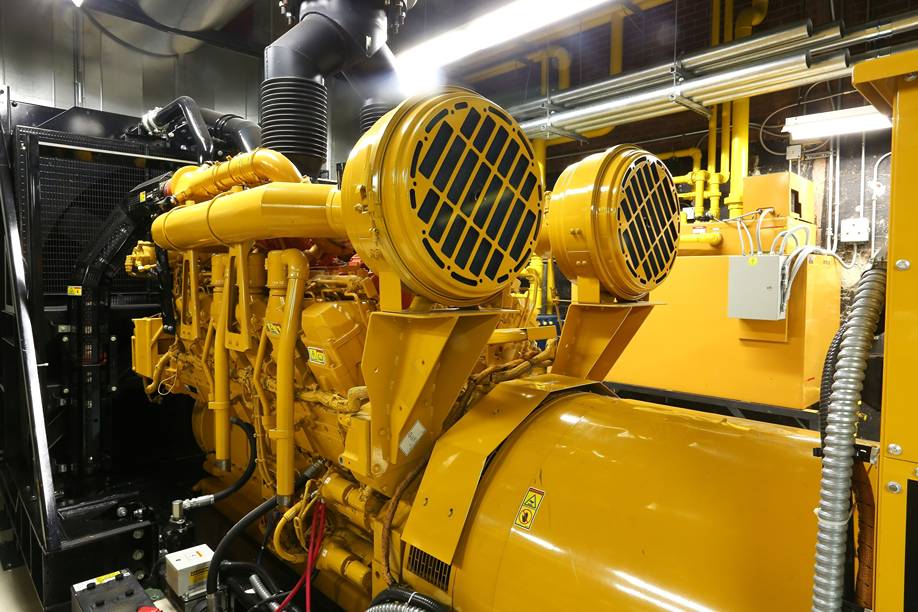Commercial buildings often require efficient cooling systems to maintain comfortable indoor environments for occupants. One popular solution is the implementation of water-cooled systems, which utilize water as a heat transfer medium. In this article, we will explore the key aspects of water-cooled system design in commercial buildings and how they contribute to enhanced cooling efficiency.Load Calculation for Optimal CoolingThe first step in designing a water-cooled system is to accurately calculate the cooling load requirements of the commercial building. This involves considering various factors such as the number of occupants, equipment heat gain, lighting, insulation, and other heat sources. By conducting a thorough load calculation, engineers can determine the exact cooling capacity needed for the system, ensuring optimal performance and energy efficiency.Efficient Equipment SelectionOnce the cooling load is determined, the next step is to select suitable water-cooled chillers that can efficiently meet the cooling requirements of the building. Factors such as chiller capacity, efficiency, compatibility with the building’s needs, and lifecycle costs should be carefully evaluated. Choosing energy-efficient chillers not only helps reduce operational costs but also minimizes the environmental impact of the system.Designing the Water Distribution SystemAn essential aspect of water-cooled system design is the proper sizing and layout of the water distribution system. This includes supply and return piping, valves, and balancing devices. Engineers must consider factors such as pressure drop, flow rates, and system balancing to ensure uniform cooling throughout the building. A well-designed water distribution system minimizes energy losses and ensures optimal performance.Optimizing Cooling TowersCooling towers play a crucial role in water-cooled system design, as they are responsible for rejecting heat from the chillers. The selection and sizing of cooling towers are based on factors such as ambient conditions, approach temperature, and tower efficiency. Engineers must carefully consider these factors to maximize heat transfer and minimize energy consumption. Additionally, implementing intelligent controls and automation systems for cooling towers can further enhance efficiency by adjusting fan speed and water flow rates based on real-time conditions.Pump Selection and System ControlsProper pump selection is essential to ensure adequate water flow rates and pressure drops within the water distribution system. Engineers evaluate factors such as pump efficiency, head requirements, and system balancing to optimize pump performance. Additionally, a well-designed control system is implemented to monitor and regulate the operation of the water-cooled system. This includes temperature sensors, flow meters, and control valves, which enable precise control and maintain optimal system performance.Safety and Maintenance ConsiderationsSafety measures are of utmost importance in any commercial building. Water-cooled systems should incorporate features such as pressure relief valves, water treatment systems, and leak detection systems to ensure safe and reliable operation. Regular maintenance and service are also crucial to keep the system running efficiently. This includes cleaning cooling towers, inspecting for leaks, and monitoring water quality.Professional Expertise and ComplianceDesigning a water-cooled system for commercial buildings requires expertise and compliance with local building codes and regulations. It is advisable to consult with professional MEP engineers or specialists who have the necessary knowledge and experience in system design. They can provide detailed designs, ensure compliance, and assist in selecting the most suitable equipment and components for the specific project.In conclusion, water-cooled system design plays a significant role in enhancing cooling efficiency in commercial buildings. By accurately calculating the cooling load, selecting efficient equipment, designing an optimized water distribution system, and implementing intelligent controls, engineers can create highly efficient and sustainable cooling solutions. With proper maintenance and adherence to safety measures, these systems can provide reliable and comfortable environments while reducing energy consumption and operational costs.








